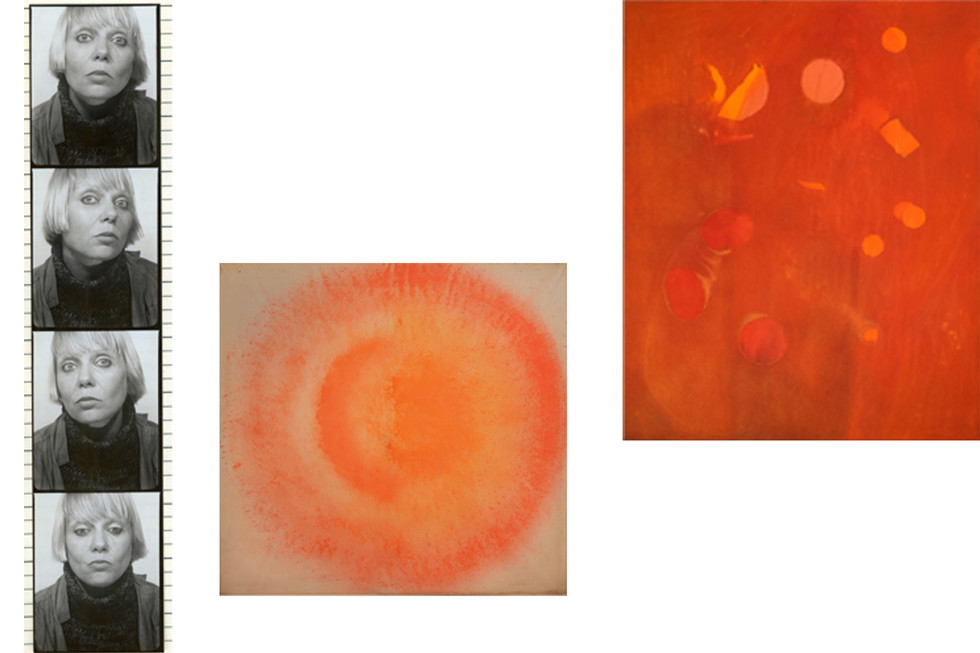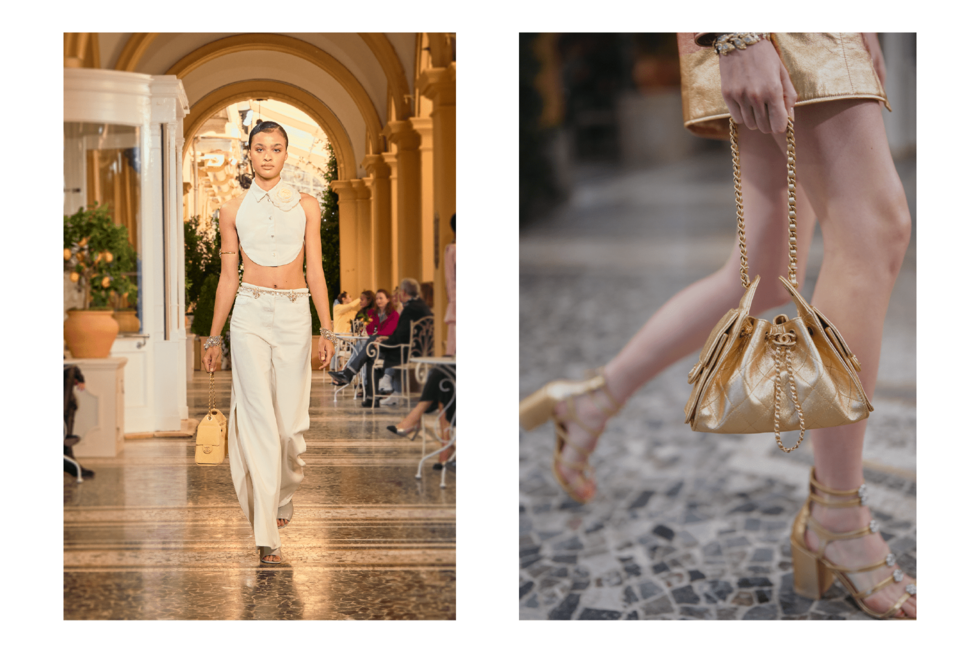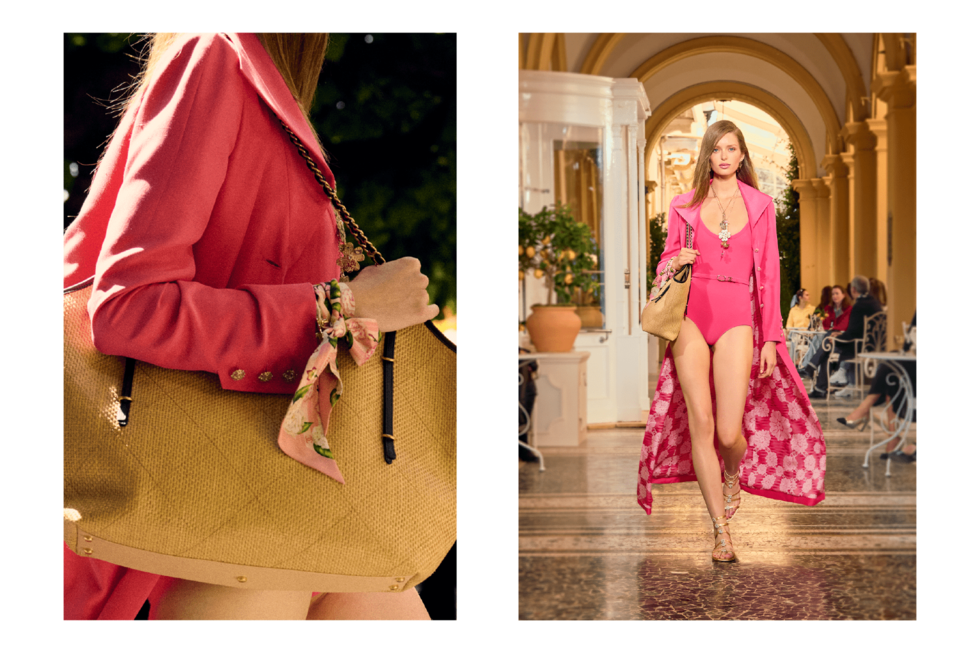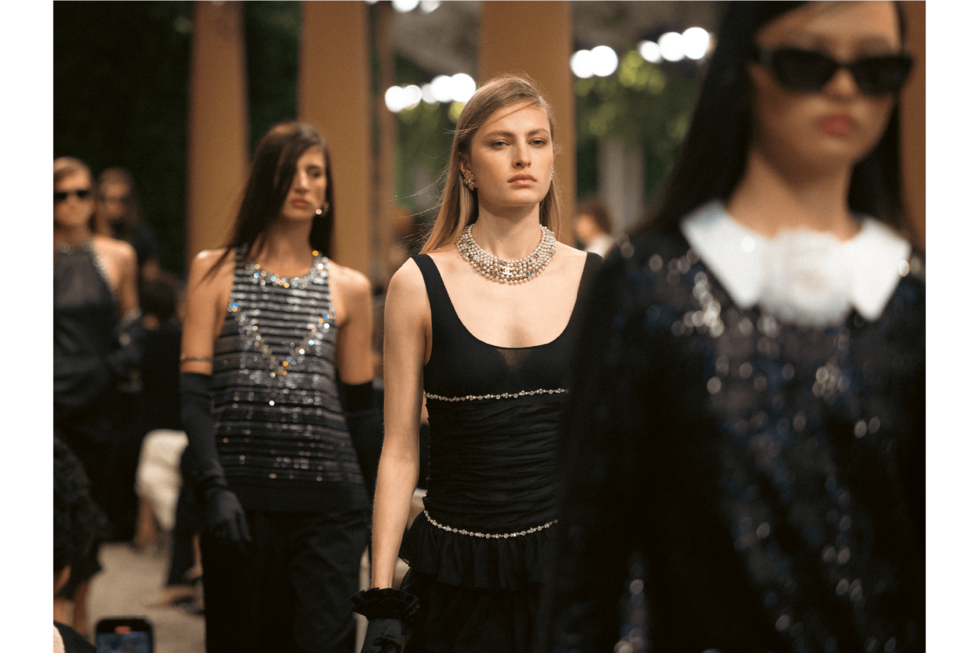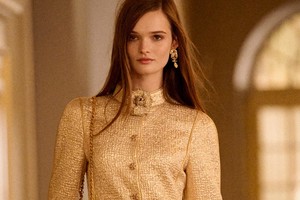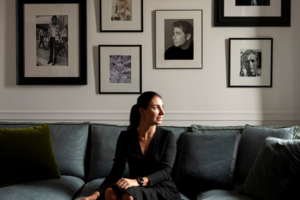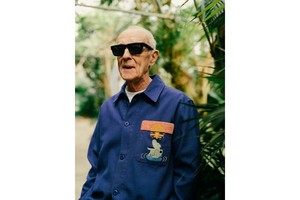Stockholm Art Week: Iria Leino: An Interview With Darren Warner & Peter Hastings Falk
Written by Natalia Muntean by Zohra VanlerbergheThe late Finnish-American artist Iria Leino (1932–2022) lived a life of radical reinvention, from a 1950s Parisian fashion icon to a reclusive New York painter whose vibrant abstractions remained hidden for decades. Now, her work is being rediscovered as a vital missing link in postwar abstraction, blending the intensity of the New York School with the depth of Buddhist philosophy. On the occasion of her dual presentations during Stockholm Art Week, at Market Art Fair and a solo takeover of the former Galerie Nordenhake space, Darren Warner, from Larsen Warner Gallery in Stockholm, and curator of the Iria Leino Trust in New York, Peter Hastings Falk, discuss her extraordinary legacy and life.
Natalia Muntean: What inspired you to bring Iria Leino’s work into the spotlight now?
Darren Warner: Iria’s story is fascinating; she was born in Helsinki in 1932, moved to Paris around 1955 and became an iconic model for Christian Dior and Pierre Cardin. She abandoned acclaim in Paris to move to New York in 1964 to fulfil her lifelong desire to become an artist, working in near solitude for over 50 years. In her lifetime, Leino rarely engaged with galleries, instead, Leino opted for an existence devoted to her studio practice and her faith in Buddhism, and much like pioneering artists such as Hilma af Klint, saw her work as a means of spiritual enlightenment rather than a commercial endeavour. Leino’s experimentation and manipulation of acrylic pigments during the ’60s and ’70s is of particular significance; alongside her peers in the second wave of the New York School such as Helen Frankenthaler, Keneth Noland and Larry Poons, Leino was a pioneer in the development of a more lyrical abstraction, an antidote to the more gestural abstract expressionism that had come before. After she died in 2022, there were over 1000 paintings and works on paper left within her Soho loft; an extraordinary time capsule of works of exceptional quality that helps broaden the story of 20th century abstract painting in a powerful way.
NM: Leino abandoned a successful modelling career for a secluded life of painting - how did this shift influence her artistic voice? How did her faith shape her creative process?
Peter Hastings Falk: Iria never intended to become reclusive. She wanted to be as much a star in the art world as she had become in the fashion and modelling world. While in New York, major dealers, such as the legendary Leo Castelli, visited her and liked her work very much but she was impatient about waiting in line and always wound up turning them off. Throughout her life, she battled many demons and struggled at times with bouts of bulimia and anorexia. She had countless boyfriends, and at least four of them proposed marriage to her but she rejected all of them. To her, men were like children, requiring too much work, and they would get in the way of her painting time. Iria was full of contradictions. But through her conversion to Buddhism in 1968, she found a consistent philosophy and a way to focus on her art. This allowed her to express herself authentically and compellingly, as she was not a follower of the New York Abstract Expressionist painters and not derivative of her more famous peers. Her use of colour and techniques often came to her from dreams, which she recorded consistently in her journals. Even the spiral sgraffito in her colour field paintings were not just decorative elements, they had deep life meanings.
NM: Why did you choose to present the Colour Field and Buddhist Rain series, and what do they reveal about her evolution as an artist?
DW: In Leino’s work, you are swept into an ethereal world where the artist’s abstract manifestations skillfully capture the spiritual dimensions of our inner selves. Favouring the contemplative nature of pure colour and its sensuous immediacy over the spontaneous intensity of gestural abstraction, Leino dedicated several years to developing dozens of immersive colour fields and lyrically abstract paintings. The Colour Field and Buddhist Rain series are the first two collections that ignited Leino’s lifelong exploration of the viscosity of acrylic paint across various styles. Each series embodies key elements of Iria’s practice and serves as an ideal introduction to her extensive body of work, which includes many definitive series.
NM: Why was Stockholm the right place to launch Leino’s work in Scandinavia, especially during Art Week?
DW: Iria had a long-held relationship with Sweden and Stockholm in particular. She had learned Swedish and made many Swedish connections through her time at the Swedish Girls School in Helsinki. Iria’s journals start in 1955 but she made many references to spending her summers working in Stockholm as a waitress, this would have been from around 1950 through to 1954. Market Art Fair and Stockholm Art Week provide a perfect platform to present Iria’s groundbreaking painting to a Swedish audience for the first time in nearly 50 years. Iria was included in the exhibition ‘Finsk bild: aktuell skulptur, måleri och grafik at Liljevalchs Konsthall in 1977 where she showed a selection of works from her Buddhist Rain series so the idea that we could present her work within the same space nearly 50 years later felt like a wonderful full circle moment. During this period, Stockholm emerges as a central hub for the broader Scandinavian art community. This makes it an ideal moment to pay tribute to and spotlight an important yet under-recognised Scandinavian painter, who we believe is one of the most significant Svandinavian artistic discoveries of the last 50 years.


